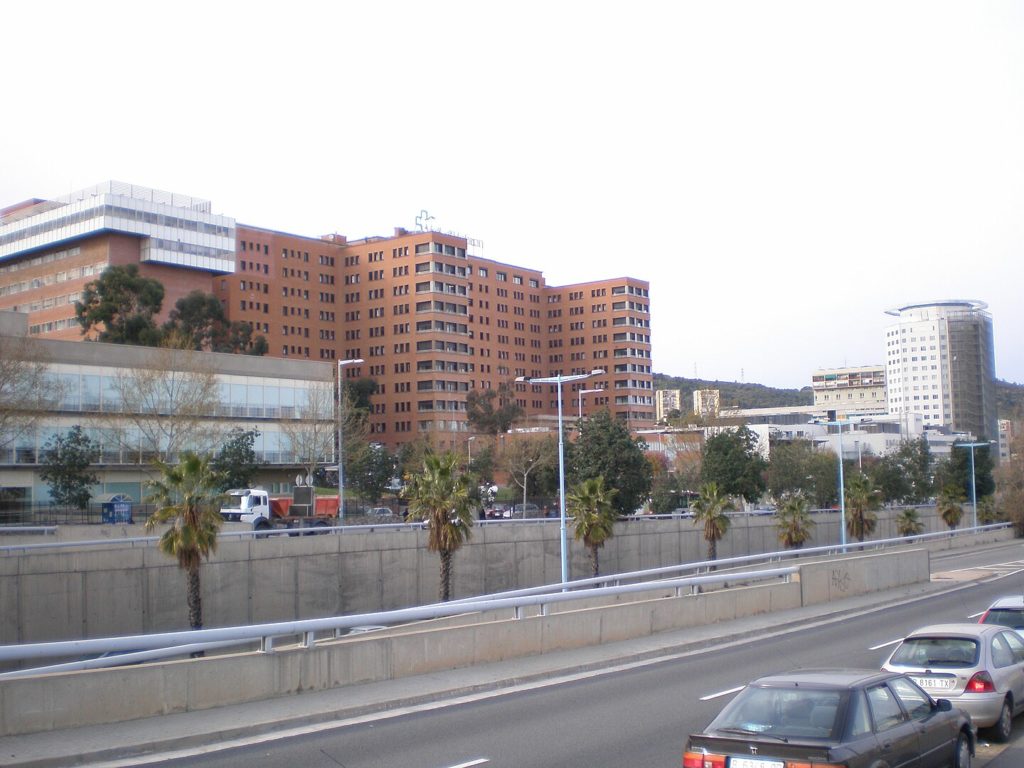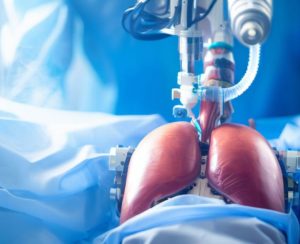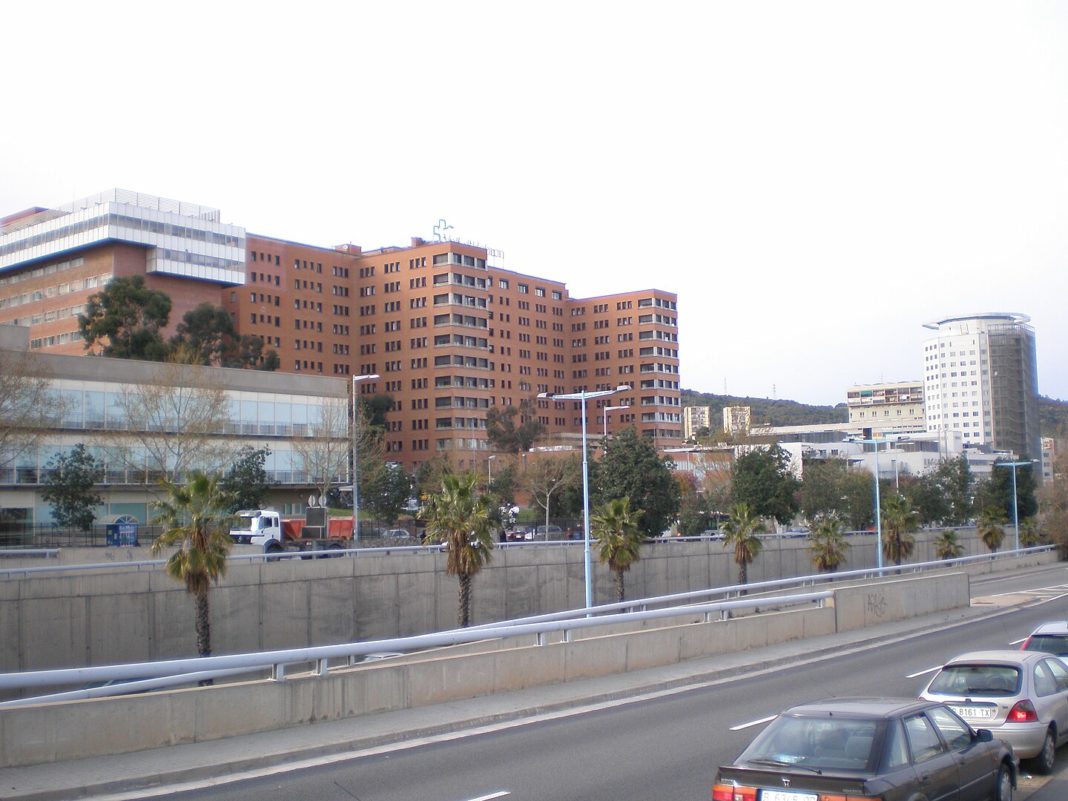The Vall d’Hebron University Hospital belongs to the Catalan Health Institute and is the hospital complex with the highest volume of interventions in Catalonia, Spain. It is located at the bottom of Collserola, at north of Barcelona, and its influence area includes the districts of Horta-Guinardó, Nou Barris, and Sant Andreu.

The hospital complex is divided into three separate areas: the general hospital, the maternity hospital, and the orthopedics and rehabilitation hospital. It also has an outpatient surgical unit at Parc Sanitari Pere Virgili. Vall d’Hebron currently employs over 7.000 professionals and has an annual budget of 580 million euros (2012). The hospital has 1.146 beds (182 reserved for critical patients), 45 operating rooms, 381 outpatient offices, and 3 emergency departments.
In April 2023, Barcelona’s Vall d’Hebron University Hospital is changing the paradigm of lung transplants. The internationally renowned Catalan health center has achieved a double milestone in this area. On the one hand, the world’s first fully-robotic lung transplant has been performed. On the other hand, a new method of access to remove a lung, much less invasive than that used up until now, has been created. Both of these breakthroughs were achieved within the same operation. The pioneering surgery was performed on a 65-year-old man who needed a lung transplant due to pulmonary fibrosis.
The surgeons used a four-arm robot dubbed “Da Vinci” to cut a small section of the patient’s skin, fat, and muscle to remove the damaged lung and insert a new one through an eight-centimeter incision in the lower part of the sternum, just above the diaphragm.

The new procedure is less painful for the patient, they said, as the wound closes easily, and is safer than the traditional method which requires a 30-centimeter incision and a very delicate post-operative period.
According to the Internet














